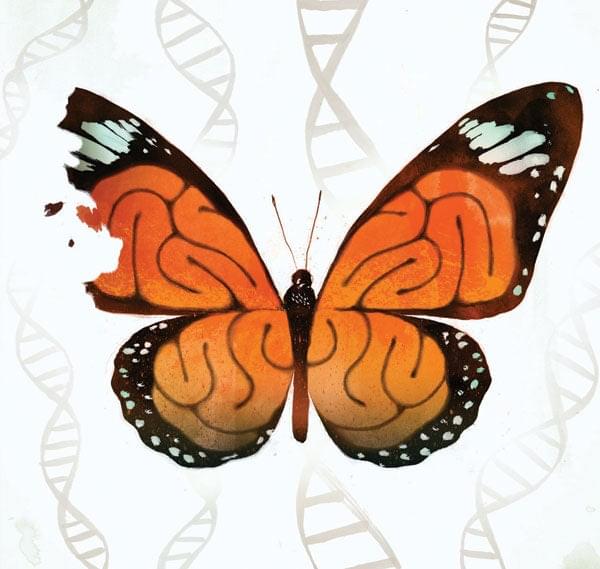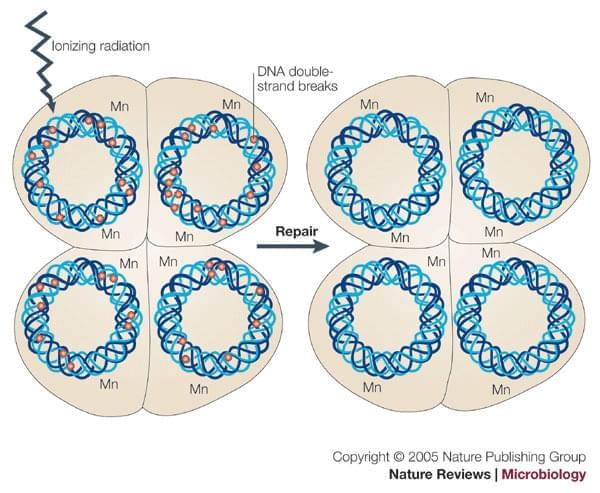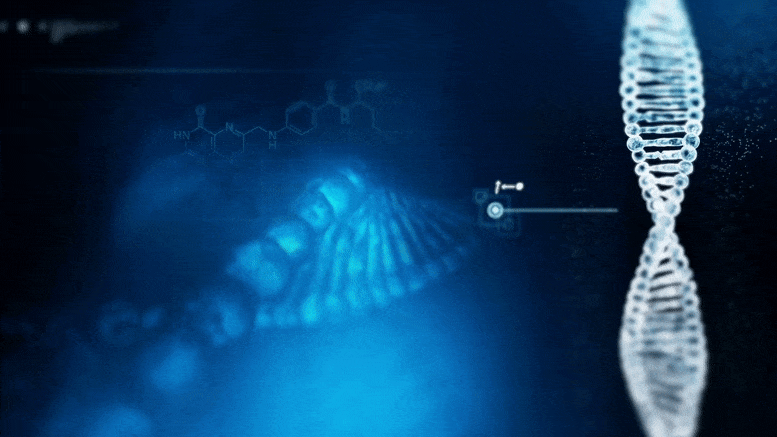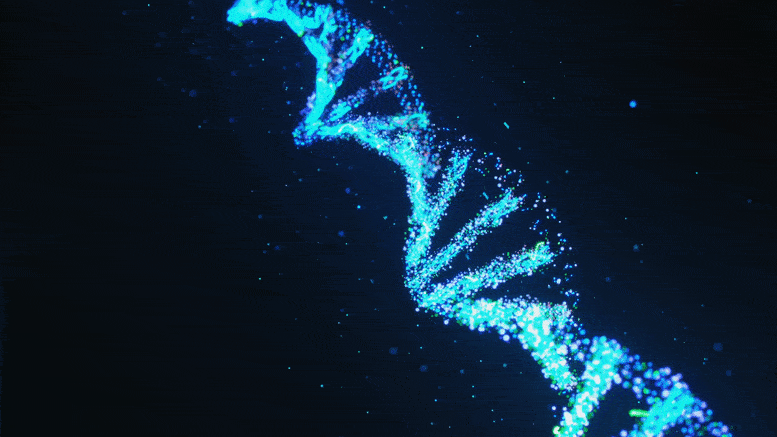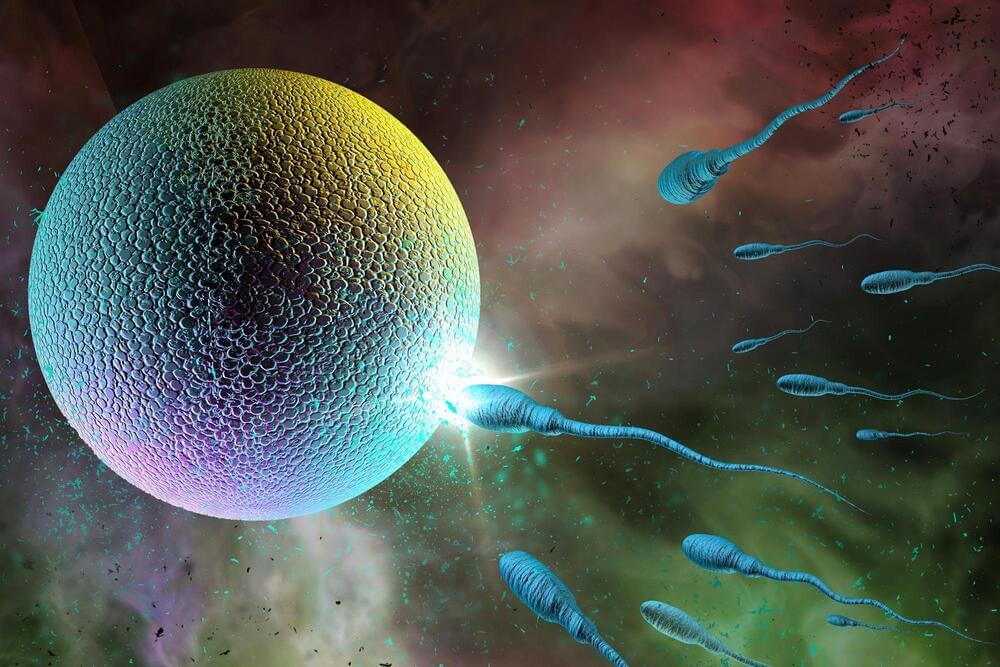Researchers have created a way for artificial neuronal networks to communicate with biological neuronal networks. The new system converts artificial electrical spiking signals to a visual pattern than is then used to entrain the real neurons via optogenetic stimulation of the network. This advance will be important for future neuroprosthetic devices that replace damages neurons with artificial neuronal circuitry.
A prosthesis is an artificial device that replaces an injured or missing part of the body. You can easily imagine a stereotypical pirate with a wooden leg or Luke Skywalker’s famous robotic hand. Less dramatically, think of old-school prosthetics like glasses and contact lenses that replace the natural lenses in our eyes. Now try to imagine a prosthesis that replaces part of a damaged brain. What could artificial brain matter be like? How would it even work?
Creating neuroprosthetic technology is the goal of an international team led by by the Ikerbasque Researcher Paolo Bonifazi from Biocruces Health Research Institute (Bilbao, Spain), and Timothée Levi from Institute of Industrial Science, The University of Tokyo and from IMS lab, University of Bordeaux. Although several types of artificial neurons have been developed, none have been truly practical for neuroprostheses. One of the biggest problems is that neurons in the brain communicate very precisely, but electrical output from the typical electrical neural network is unable to target specific neurons. To overcome this problem, the team converted the electrical signals to light. As Levi explains, “advances in optogenetic technology allowed us to precisely target neurons in a very small area of our biological neuronal network.”
